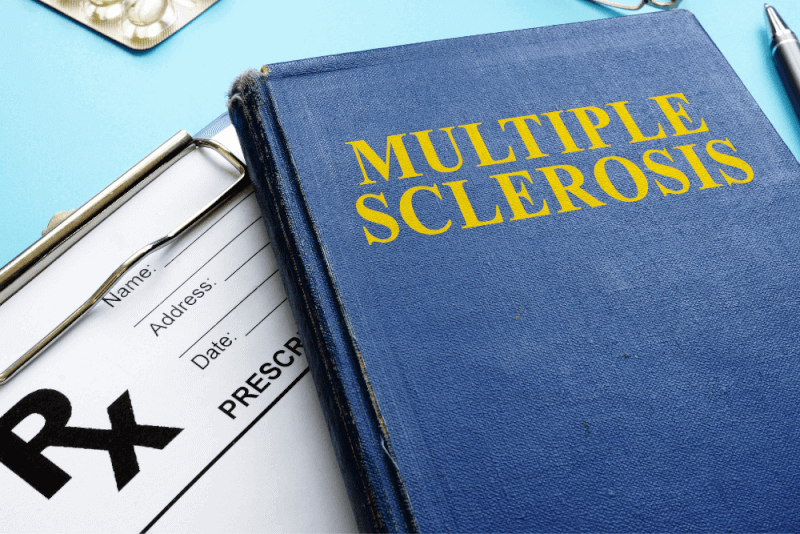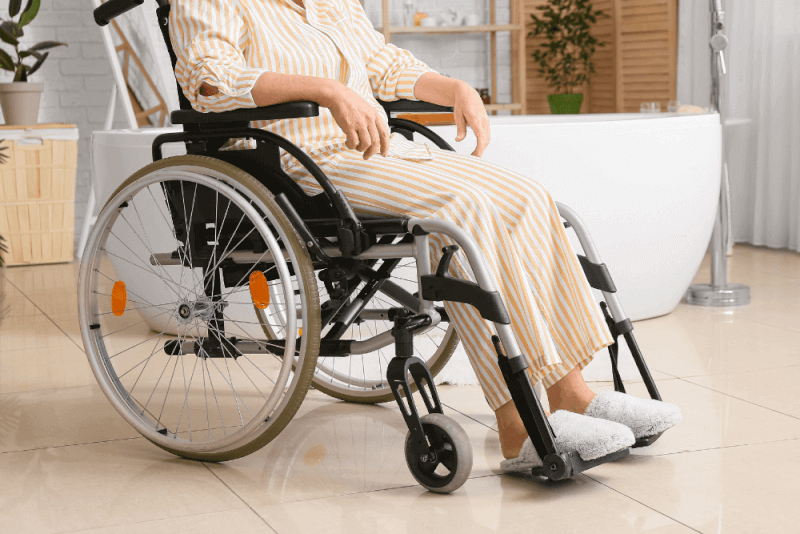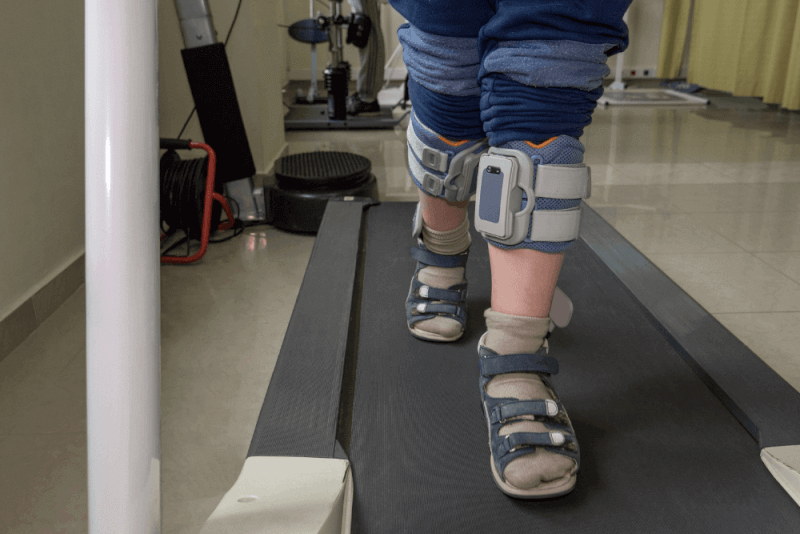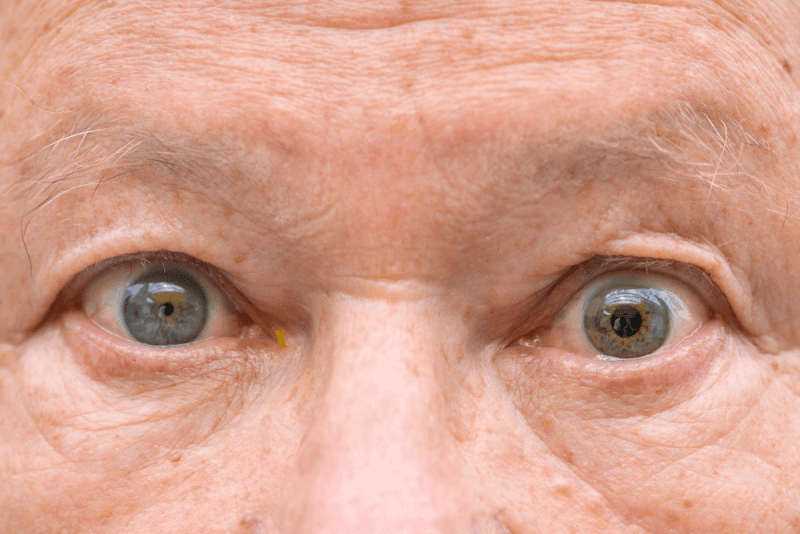What is Narcolepsy?
Narcolepsy, one of the chronic diseases, is also known as a sleep disorder. Narcolepsy, which is related to the nervous system, is characterized by excessive daytime sleepiness and sudden sleep attacks. In some cases, it may be difficult to detect narcolepsy, as it is often accepted as part of a person's daily routine, leading to them being described as someone who simply loves to sleep. However, narcolepsy is a very serious condition because it can significantly affect daily life and pose a high risk of accidents.
Causes of Narcolepsy
Narcolepsy, classified among sleep disorders, is mainly divided into two types. The first is called narcolepsy type 1, and its exact cause is unknown. However, it has been observed that there are disruptions in the production of hypocretin, a chemical that helps regulate sleep. Studies have shown that there are losses in the neurons responsible for producing hypocretin in patients with narcolepsy type 1. In narcolepsy type 2, this chemical loss is not observed. Factors that can trigger narcolepsy include the swine flu, stress, hormonal changes, and hereditary issues.
Symptoms of Narcolepsy
Correctly interpreting the symptoms is crucial for diagnosing narcolepsy because the symptoms can occur both during the day and at night. The following are some of the symptoms of narcolepsy:
Excessive Daytime Sleepiness (EDS)
Even though patients with EDS may have had a full and restful night's sleep, they often feel excessively drowsy and sleepy during the day. EDS is considered the most characteristic symptom of narcolepsy, and almost every patient exhibits this symptom. Excessive daytime sleepiness can lead to problems with concentration and memory in daily routines.
Additionally, sudden sleep attacks may occur during the day. These attacks can happen suddenly and without warning, making them particularly dangerous if they occur while driving or performing other tasks. Narcolepsy-induced sleep attacks can last from a few minutes to half an hour. After the attack, patients may feel refreshed and energetic, but this feeling often fades quickly.
Cataplexy
Cataplexy is characterized by sudden muscle weakness and loss of muscle tone. Often triggered by intense emotions, cataplexy attacks may cause the head to fall to one side, knees to buckle, or jaw muscles to relax involuntarily. Cataplexy attacks can last for a few minutes, and their frequency varies from patient to patient.
Sleep Paralysis
Sleep paralysis is a temporary inability to move or speak, occurring either while falling asleep or waking up. It is sometimes described as a temporary paralysis that mimics the normal REM sleep phase. Sleep paralysis can last from a few seconds to a few minutes, but experiencing sleep paralysis alone does not necessarily mean a person has narcolepsy. Medical consultation is required for an accurate diagnosis.
Changes in REM Sleep
Under normal circumstances, REM sleep begins at least an hour after falling asleep, but in people with narcolepsy, it occurs much sooner. They may also enter REM sleep during daytime naps.
Automatic Behaviors
Automatic behavior is one of the symptoms shown by patients during sleep attacks. Patients may continue activities such as writing, speaking, driving, or eating while asleep, which is considered a sign of narcolepsy.
Hallucinations
Another symptom observed in narcolepsy patients is experiencing vivid, often frightening hallucinations when falling asleep or waking up. These hallucinations can involve seeing people or animals, feeling sensations of floating, or even being touched. Hypnagogic hallucinations occur while falling asleep, while hypnopompic hallucinations happen upon waking.
Diagnosis of Narcolepsy
A diagnosis of narcolepsy can only be made by a specialist. It is important for the doctor to listen to the patient's symptoms, perform a physical examination, and review their medical history. The following tests may be performed to confirm the diagnosis:
Sleep Diary
Patients may be asked to keep a sleep diary for several weeks, recording all symptoms in detail. This helps the doctor make a more accurate assessment.
Polysomnography (PSG)
PSG is a test performed in a sleep center. Patients are connected to various devices, including sensors, electrodes, and recording instruments, and monitored throughout the night. The following are evaluated during PSG:
- Brain waves are monitored via EEG
- Eye movements are tracked
- Oxygen levels in the blood are measured
- Muscle tone is measured using EMG
- Airflow through the mouth and nose is recorded
- Heart rate is monitored via EKG
- Chest and abdominal movements are tracked
Epworth Sleepiness Scale
This scale evaluates patients' likelihood of falling asleep during different activities such as talking, sitting, watching TV, or traveling. Patients rate their likelihood of falling asleep during these activities on a scale of 1 to 10.
Multiple Sleep Latency Test (MSLT)
MSLT is another test conducted in sleep centers. Patients are asked to take several naps throughout the day. This measures how quickly they fall asleep, and patients with narcolepsy are identified by their quick transition into REM sleep.
Measurement of Hypocretin Levels
Since hypocretin deficiency is observed in patients with type 1 narcolepsy, measuring this chemical can help in diagnosis. This test requires a sample of cerebrospinal fluid from the patient's spinal cord.
Narcolepsy Treatment Methods
Although there is no known cure for narcolepsy, the goal of treatment is to improve the patients' quality of life and control the symptoms. Therefore, the following methods are applied:
- First, patients are prescribed antidepressants and various stimulant medications.
- It is recommended that patients receive psychological support.
- Avoiding alcohol, cigarettes, and caffeine can help regulate sleep patterns.
- Establishing a regular sleep routine
- Engaging in regular exercise
- Planning daytime naps
- Maintaining a balanced and regular diet
Life with Narcolepsy
Narcolepsy can reach a stage where it significantly impairs patients' daily lives, as they may feel constantly tired and fatigued throughout the day. Additionally, sleep attacks can lead to automatic behavior, causing patients to act without remembering their actions.
The hallucinations experienced by narcoleptic patients also negatively impact their lives. Since these hallucinations are extremely realistic, patients may have difficulty distinguishing between reality and imagination.
It is recommended that narcoleptic patients make lifestyle changes to reduce the impact of these symptoms. The most important step is to adhere to a regular sleep schedule. Patients should sleep and wake up at the same time every day. Additionally, scheduling 20-minute naps at regular intervals during the day helps patients regain energy. After these planned naps, patients can feel more refreshed for 1 to 3 hours. In some cases, patients may require longer daytime naps.
Avoiding alcohol and cigarettes is also very important. Smoking, especially at night, can worsen symptoms.
Another habit that patients should incorporate into their daily routine is exercise. Light exercise performed 4-5 hours before bedtime helps patients sleep more comfortably throughout the night.
Additionally, it is crucial that patients inform their teachers or employers so that necessary adjustments can be made to accommodate their condition in their daily responsibilities.
Complications Associated with Narcolepsy
Due to the disruptions in their sleep patterns and sudden sleep attacks, narcoleptic patients are at a higher risk of accidents, falls, and trauma to various parts of the body. In addition, narcoleptic patients may also experience psychological difficulties and obesity.
Types of Narcolepsy
Narcolepsy is divided into two subtypes. The classification of narcolepsy is based on the different symptoms observed in patients.
Type 1 Narcolepsy
In patients with type 1 narcolepsy, cataplexy may occur, and hypocretin production is impaired.
Type 2 Narcolepsy
In patients with type 2 narcolepsy, cataplexy does not occur, and hypocretin levels are normal.
Differences Between Narcolepsy and Normal Sleep
Even though narcoleptic patients appear to be sleeping, their brain waves continue as if they are awake. Since the brain remains alert, the body also stays active, preventing patients from experiencing true restful sleep. On the other hand, during times when patients seem to be awake, their brain waves shift to a sleep state, and the body follows suit. In other words, the physiological process is the exact opposite of what it appears to be in narcoleptic patients.
Another difference between narcolepsy and normal sleep is REM sleep. In normal sleep, REM sleep occurs at least one hour after falling asleep. However, in narcoleptic patients, the REM phase begins immediately after falling asleep.









